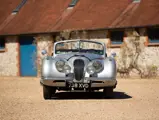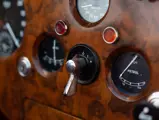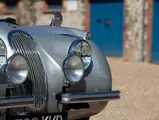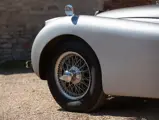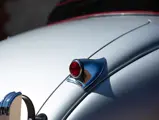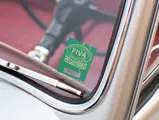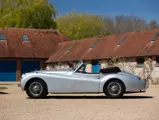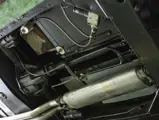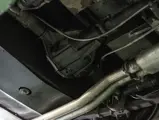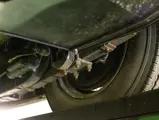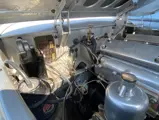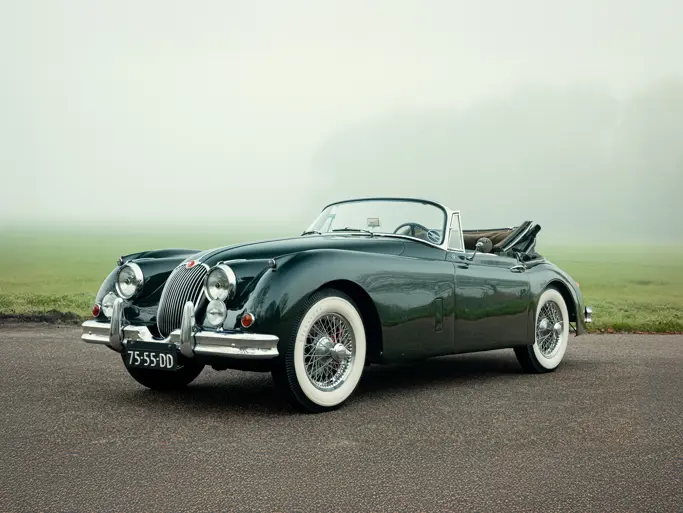
1954 Jaguar XK 120 SE Drophead Coupe
{{lr.item.text}}
£75,000 - £90,000 GBP | Not Sold
{{bidding.lot.reserveStatusFormatted}}
- XK 120 with highly desirable Special Equipment package
- Retains numbers matching engine and cylinder head
- Believed to be one of fewer than 1,800 Drophead Coupes produced from 1953 through 1954
- Accompanied by Jaguar Daimler Heritage Trust certificate, invoices and photos documenting comprehensive refurbishment concluded in 2015
- Serviced by Elliott Engineering of Washington, West Sussex in May 2020
- Historic Vehicle Association FIVA passports in the United States and the United Kingdom
The Jaguar XK 120 caused a stir when its pre-production open roadster version was unveiled at the 1948 London Motor Show. Conceived to showcase the company’s first proprietary engine, not only was its curvaceous aluminium body a sight to behold, but Jaguar also claimed it was the fastest car in the world—the “120” designation teased its top speed in miles per hour. In fact, the open roadster would go on to exceed 130 mph in 1949 and hold the record of world’s fastest car until 1953. A race-spec version, the XK 120-C, would win the famous 24 Hours of Le Mans endurance race in 1951 and 1953.
Superior aerodynamics, a well sorted chassis, and Jaguar’s innovative XK engine were key to its success. The 3.4-liter inline six-cylinder was exceedingly advanced for being mass-produced. It featured an aluminium alloy cylinder head, hemispherical combustion chambers, dual overhead camshafts, and twin side-draft SU carburetors. The transmission was a four-speed manual, while the suspension featured an independent torsion-bar setup in the front and semi-elliptic leaf springs at the rear. Drum brakes were at all four corners, and the steering mechanism was a recirculating ball type with a column that adjusted telescopically.
Initially, the XK 120 was offered only in open roadster format with a hand-built aluminium body on ash framing mounted to a steel chassis. By 1950, overwhelming demand necessitated mass production. Bodywork was converted to steel, save for the doors, bonnet, and boot lid, which remained aluminium. A Fixedhead Coupe version followed in 1951 and a Drophead Coupe came in 1953.
According to the Jaguar Daimler Heritage Trust Certificate accompanying the car, this particular XK 120—chassis number S678338—was fitted from new with the desirable Special Equipment package, denoted by the “S” in the chassis number. Referred to as the SE or M (for “modified”) package on U.S.-delivery XKs, the upgrade option was introduced in 1951 to keep the XK 120 competitive against European rivals. The package consisted of outfitting the engine with high-lift camshafts, stiffer rear springs, a dual exhaust system, and a lightened flywheel. This helped to give the engine an additional 20 horsepower, bringing total output to a claimed 180 horsepower. Furthermore, the car offered is one of the rarer and far more practical drophead coupé models, featuring a proper insulated hood, walnut burl dashboard, and roll-up glass windows.
Jaguar Heritage records show the car was completed on 14 May 1954 and finished in Pastel Green with a Suede Green interior and Sand coloured hood. It was dispatched to distributor Charles Hornberg in Los Angeles on 26 May 1954, who sold the car to its first owner, a local businessman in Little Rock, Arkansas. The second owner reportedly acquired the car in the early nineties and is said to have attended rallies and car shows in the southern Virginia area. At that time, the car was still in its original livery. Registration documents show that the car was registered in Virginia Beach and later in nearby Norfolk.
Around 2008, the second owner is believed to have embarked on a comprehensive body-off refurbishment, which reportedly kept the car off the road until December 2013. During this effort, the livery was changed to Astral Silver and the interior was refinished in red; black material was selected for the hood. Sometime during this period, the car was moved from Norfolk to the owner’s summer residence in Dedham, Maine. When the owner's recurrent health issues ultimately precluded progress, the car was offered up for sale “as is” in late May 2013. By that point, the body had been reunited with the chassis and the engine and drivetrain were in place. Many other components remained to be installed, including most of the wiring harness, all the cockpit instrumentation and refinished dashboard, the newly reupholstered leather interior, other interior components, windows and windscreen, hood materials, dual exhaust system, and the rear wings, among others.
By December 2013, now under the care of its third (and current) owner in nearly 70 years, the installation of the wiring harness, windows, and dashboard instruments was nearly complete. The XK was then reportedly trucked to Brainerd's Garage in Branford, Connecticut for a check over and re-commissioning of the engine and brakes. Meanwhile, internationally recognized marque specialists Bassett's Jaguar in Wyoming, Rhode Island, installed the new hood and undertook a thorough check prior to completion of the project. Chasing fluid leaks led to the engine being dismantled and the differential being replaced. Accompanying invoices show work at Bassett’s totaling around $45,000. The current owner took possession of the completed car in May 2015 and had it shipped to the United Kingdom in November 2018.
Scrutiny of its components, numbering found throughout the vehicle, and the Jaguar Heritage Certificate show this XK120 SE to be a matching-numbers engine and cylinder head example. The originality of the engine and its incidental components has been confirmed by Tom Kent, XK period spares expert from Arundel, West Sussex, according to the current owner. In addition to the Heritage Certificate, the car garnered Fédération International des Véhicules Anciens (FIVA) passports in the United States and the United Kingdom, following a formal review in 2016 performed on behalf of FIVA’s U.S. couterpart, the Historical Vehicle Association by Miles Morris of Morris & Welford.
The current owner says that the only post-restoration issue encountered to date has been a leak in the heater matrix; a replacement has been installed (the original reportedly remains with the car). The most recent service is said to have been carried out by Elliott Engineering of Washington, West Sussex in May 2020.
The vehicle is accompanied by the operating manual and other incidental literature, a tool set, jack, tire irons, and knock-off mallet, all reportedly original, as well as an indoor cover, the JDHT certificate, and invoices and photos of the refurbishment.

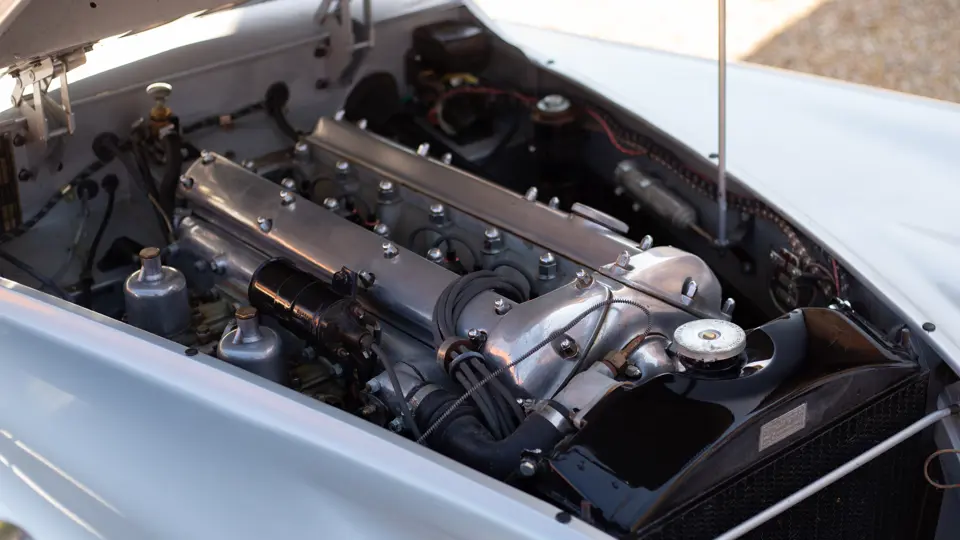











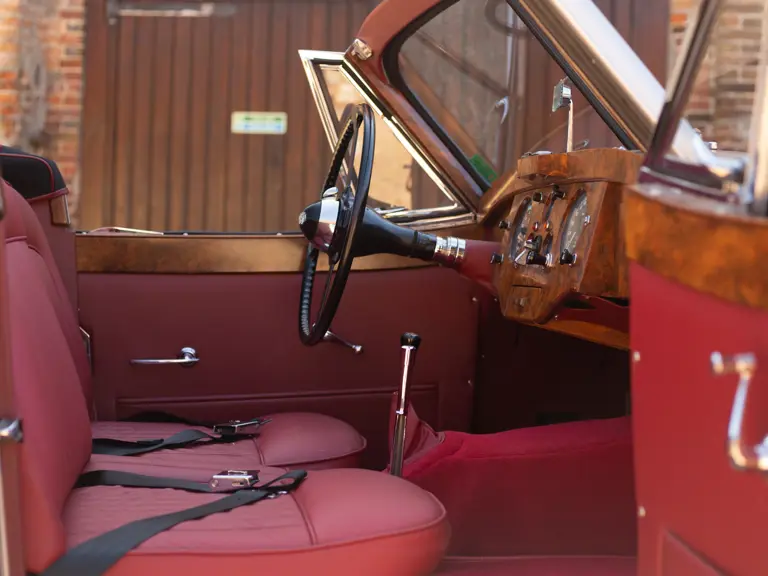







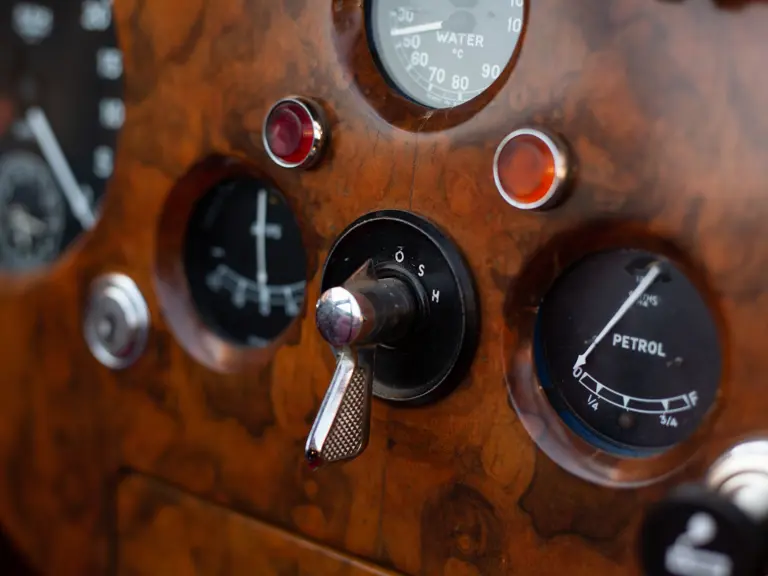

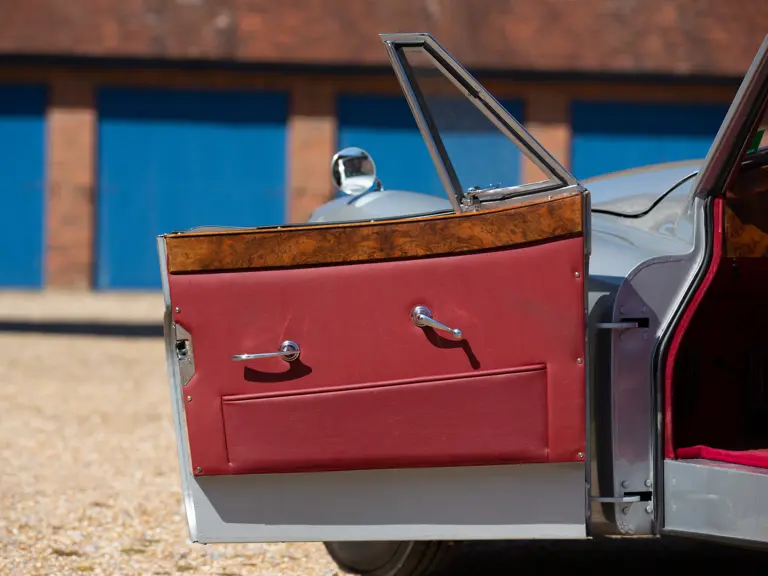





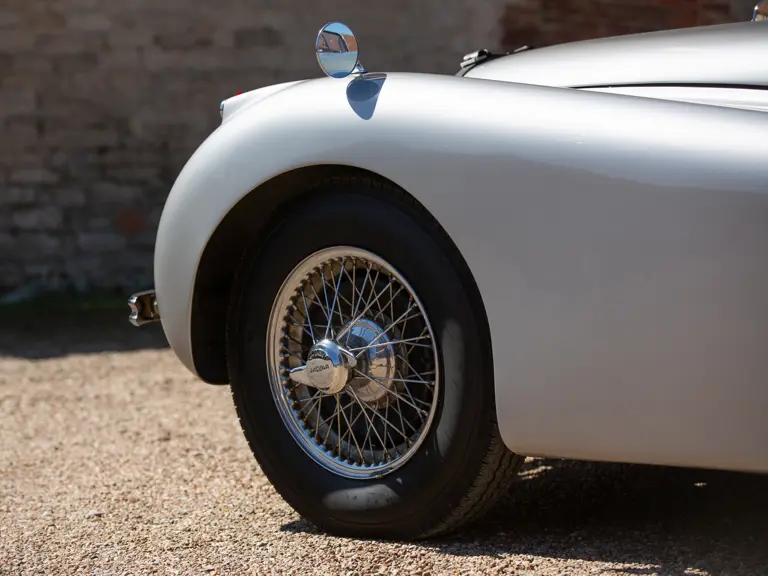
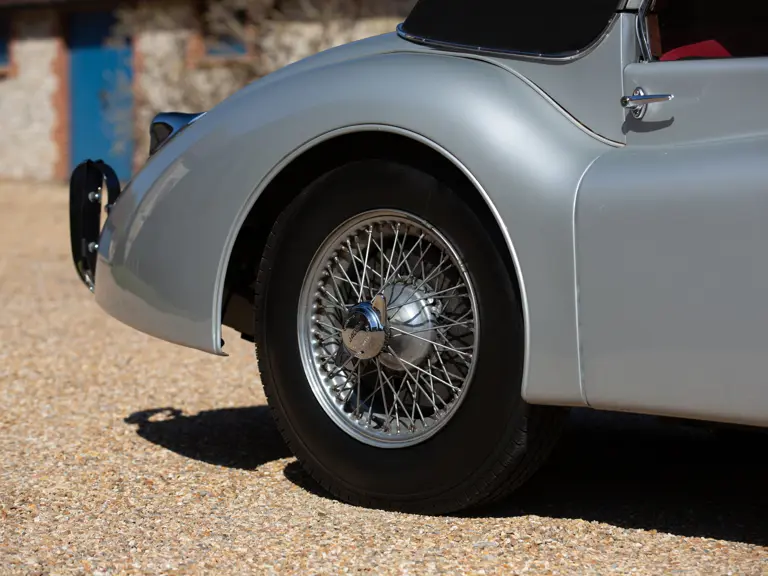


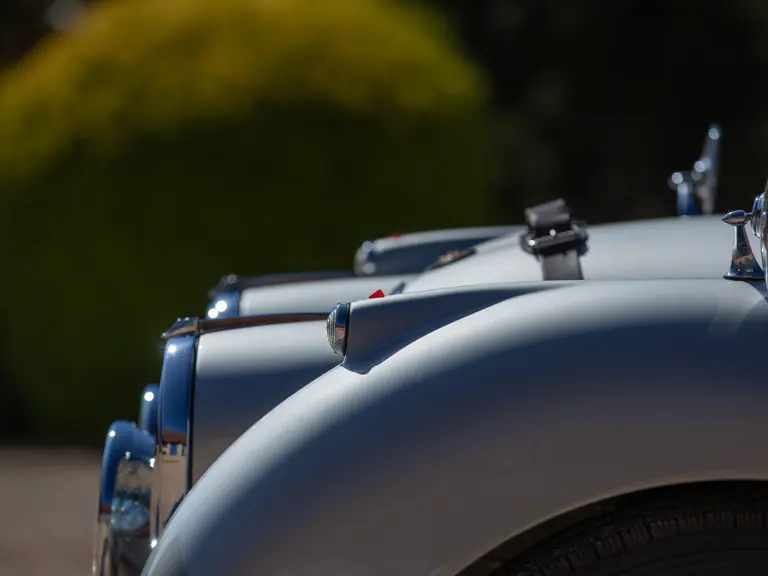






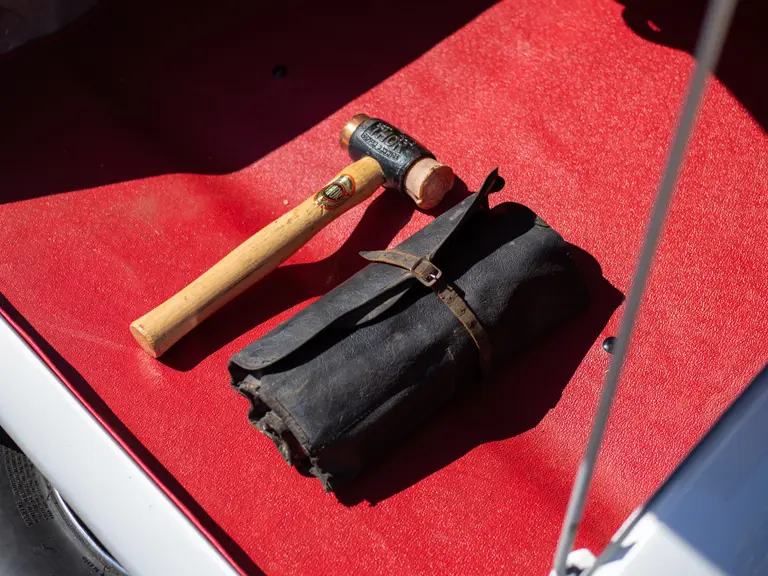

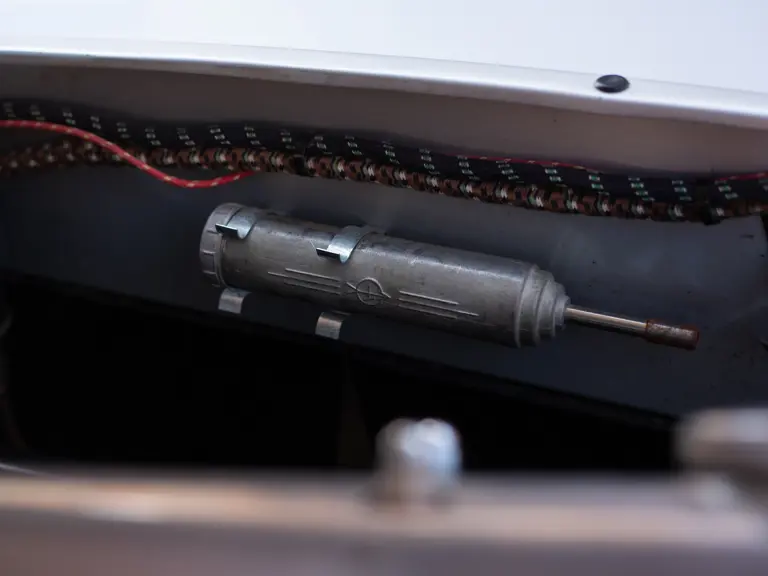



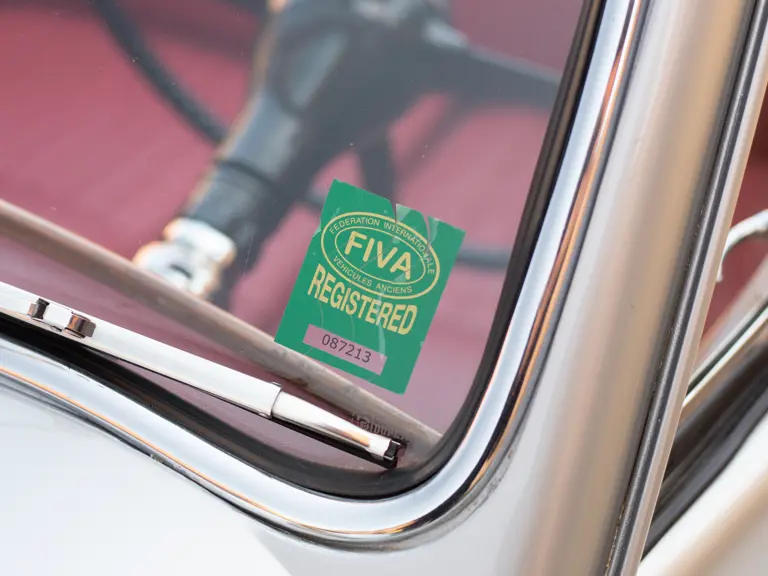


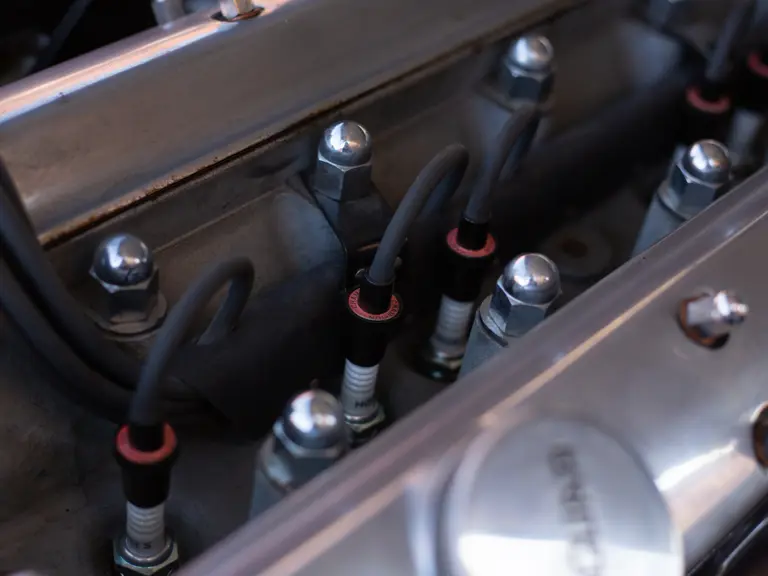







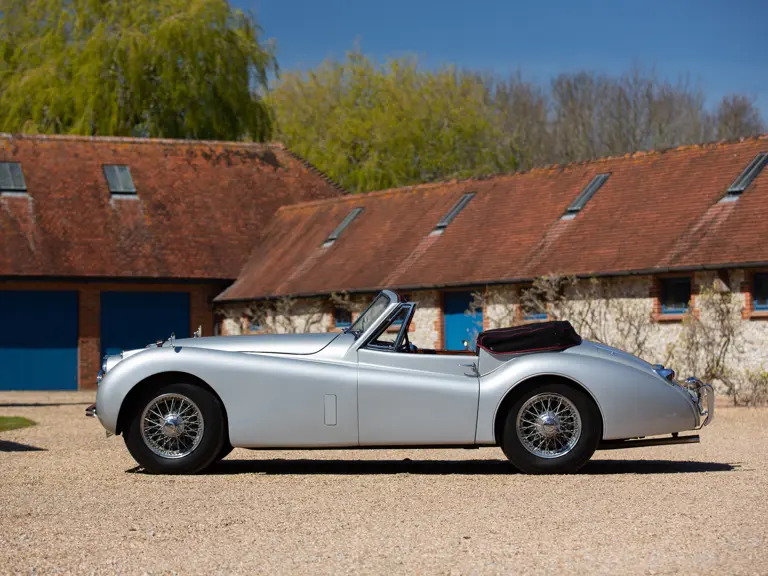















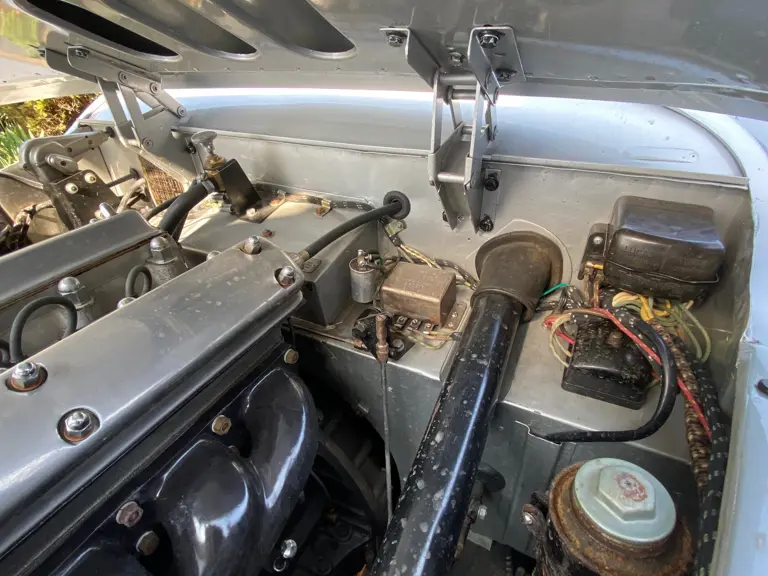







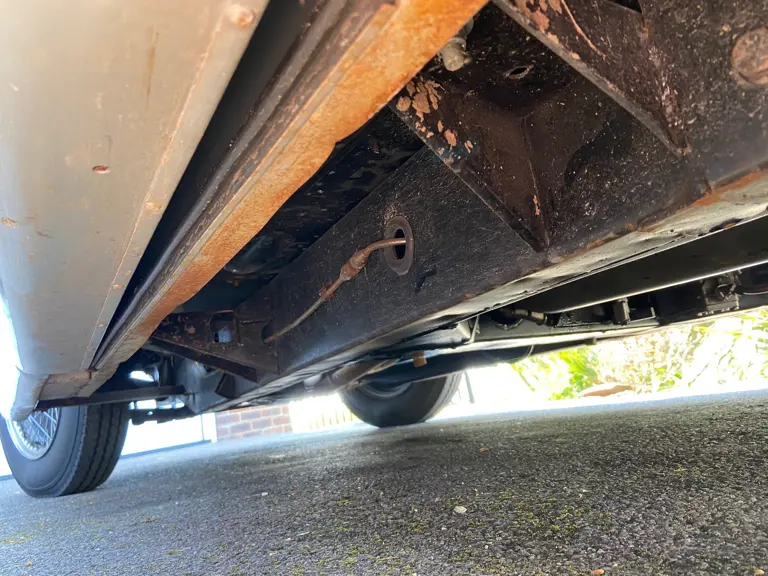

 | Pulborough, United Kingdom
| Pulborough, United Kingdom





